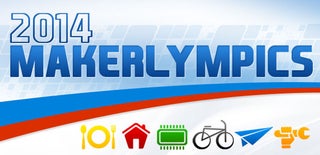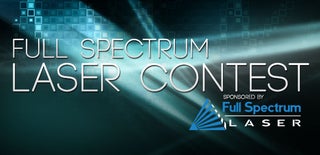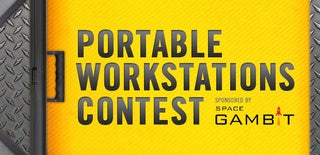Introduction: 3D Printed Spectrometer, Using Public Lab DIY Kit.
This Instructable shows how to improve on the standard Public Lab DIY Spectrometry Kit, by using a 3D Printed main body. One main improvement of the new design, is a robust provision for securing the USB cable.
The current device can easily be carried around and used in conjuction with a netbook/laptop. The body features some hole patterns for connecting it to a separate stand with integrated light source. When the design for this will be finished, it should be possible to use the spectrometer for analysing samples in standard cuvettes (square 10x10x45mm).
Enjoy,
Richard Tegelbeckers
Step 1: Existing Kit
- a DVD-R, from which a piece is to be cut as diffraction grating
- a piece of black card paper from which to cut an aperture slit
- a small HD webcam and USB cable
- an aluminum Type LB conduit enclosure
- double-sided foam adhesive
- instructions and a copy of the CERN Open Hardware License
Step 2: New Design
- The 3D printed body contains an integrated, flexible clamp for securing the USB cable
- The camera strip alligns in a slot and attaches with three very small, self tapping screws
- The card insert fits into the printed body, without gaps
- Several holes are present in the main body, for future use. They can be tapped to M4 size, using a manual tap. I am planning to design a separate stand, for using the spectrometer to analyse samples in standard cuvettes (square 10x10x45mm)
Step 3: 3D Printed Part
I printed the new main body in black PLA, using a 0.5mm nozzle and 0.2mm layer thickness. As infill I used 30% honey combe. The printer used, is the DeltaTrix 3D Printer I designed myself. See the previous step for the STL file.
Use an M4 tap to create the required threads. The flexible tab for securing the USB cable, can be held in place by temporarily inserting a 1.5mm drill bit (see last photo).
Step 4: Assembly
For the assembly, see the photos and take note of the instructions for the original kit. The DVD-R fragment can be a bit larger (27x19mm), making it easier to handle.The required screws are 4 off M4x12 for attaching the lid and securing the USB cable, and 3 off self tapping screws to fit in the 2mm holes of the camera PCB. I ended up using two layers of double sided adhesive foam for sticking in the DVD fragment.
Step 5: Conclusion
The new design allows the replacement of the conduit box and wooden block by a purpose designed part. The resulting spectrometer provides a better fit for the camera and the card insert. It is also a bit more robust due to the provision of an integrated clamp for the USB cable, making it more suitable for carrying around.

Participated in the
Makerlympics Contest

Participated in the
Full Spectrum Laser Contest

Participated in the
Portable Workstations Contest















